
Swiss high-speed trains took a slow, steady debate

Travelling at speeds of 200km/h (124mph), trains have now been traversing the longest tunnel in the world under the Alps for a year. The achievement comes 25 years after the Swiss first said ‘yes’ to building the new Lötschberg and Gotthard Alpine routes, with the public determined to have their say in a drawn-out democratic debate on the merits of the projects.
Situated in the heart of Europe, Switzerland is a crucial point of passage between the north and south of the continent. But 60% of the country is dominated by the imposing mass of the Alps, whose summits reach 4,000 metres (13,000 feet) or higher.
Since the beginning of time, men and goods have crossed the mountains; on foot, on horseback, in stagecoaches, and more recently by car or truck. But for rail, crossing the Alps is more complicated, as slopes with gradients that are too steep cause trains to slide. While cogwheels offer a solution for small trains, they are useless for heavy locomotives and their cargo.
Thus, the need to tunnel under the mountains. In Switzerland, the first Saint-Gotthard was the major construction project of the end of the 19th century: 15 kilometres that passed under 1,000 metres of rock with its entrance and exit at 1,100 metres in altitude. To get through, trains were forced to approach the tunnel slowly over a slight slope; sometimes even in a spiral through the famous “loop tunnels”. With the constant increases in traffic and technological progress, it was logical that tunnels would eventually need to be built at the base of the mountains, opening directly onto the plains.
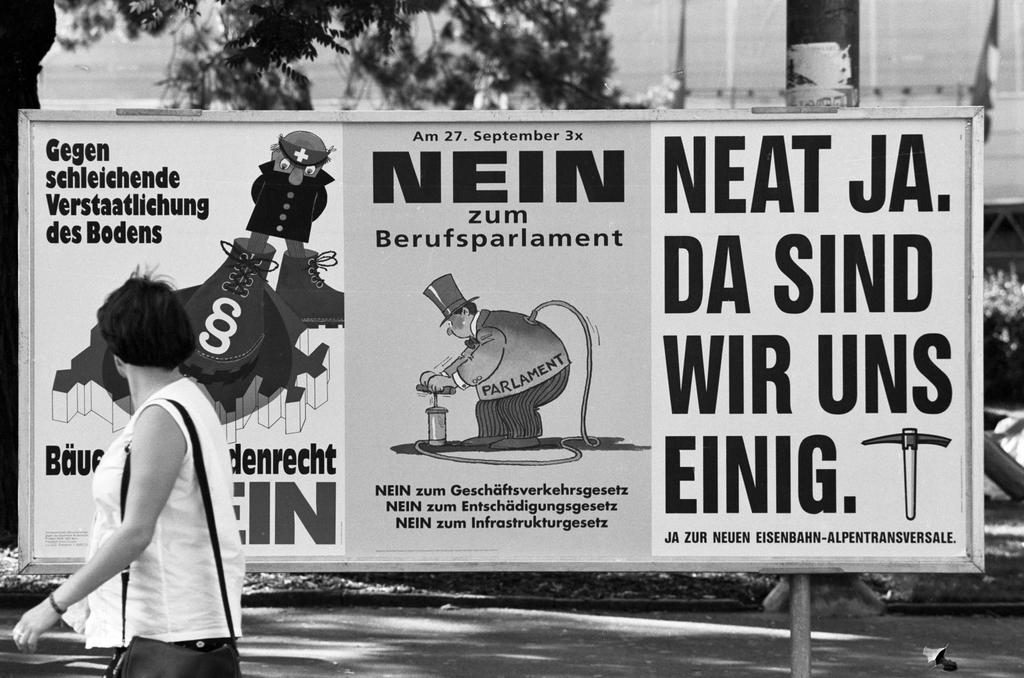
More
Rail tunnel history in the making
Five variants
The first project for such a tunnel – the Gotthard in 1961 – was approved in principal by federal commission nine years later. But we are in Switzerland, a nation of federalism and direct democracy. The government cannot simply declare a project of public interest and start building, as the French did at the time for its first high speed rail (TGV) line. That project – worth the equivalent of €2 billion (CHF2.3 billion) today – received the green light from the government in 1974. Seven years later, the country inaugurated 389km of railway, 17 grand viaducts and 780 bridges (but no tunnels).
In Switzerland, five variants known as the New Rail Link through the Alps (NRLA) first needed to be examined to reconcile the interests of the different regions. If one lives in Lausanne, for example, a tunnel in Graubünden in the east of the country does not hold the same interest as a tunnel in neighbouring canton Valais, and vice versa. In 1988, the projects were delivered to the government, which handed down its verdict two years later. There would be two tunnels: one in Valais – the Lötschberg – and the other right in the centre of the country: the Gotthard.
French-speaking and central Switzerland were the winners, and while the east lost out, it was compensated with improved connections to the Gotthard lines.
Greens and truckies
For the government, the NRLA needed to serve not only passengers, but also goods via piggy-backing [i.e., the transportation of heavy vehicles, like trucks, by train on a flatcar]. It also needed to become part of the overall European transport system. In March 1991, the Swiss parliament comfortably adopted the project, which would nevertheless still be put to a national vote.
The call for a referendum was launched by an unlikely coalition of three committees. One group comprised residents of canton Uri, where the northern entrance of the tunnel was to be located, who feared a nuisance and wanted the access to be underground. Then there were truck drivers who worried that cost overruns of the project would drive up fuel taxes.
But there was particular opposition from the Greens, which collected the bulk of the 50,000 signatures needed to force the issue to a vote. They warned of an explosion of costs. Green Party parliamentarian Daniel Brélaz, former long-serving mayor of the city of Lausanne and now a member of Switzerland’s lower house, recalls: “For us, obviously, the financing wasn’t assured. The was a major risk that it would push the [Swiss Federal Railway] and the government to close a number of small stations to save the two big tunnels”.
The referendum was duly held: 50,096 signatures were collected, and the following year, 63.6% of voters said ‘yes’ to the project. But it would still take some time before the tunnelling machines were fired up.
The first charge for the Lötschberg tunnel was detonated on July 5, 1999. Eight years later, trains began running through it. The Gotthard was inaugurated on June 1, 2016, in the presence of dignitaries from across Europe who came to laud the longest train tunnel in the world at 57 kilometres.
Knock-on effects
As for the bill, history proved the opponents of the project right. Initially estimated at a cost of CHF15 billion, to date, the cost of the NRLA is more than CHF18 billion. But the September 1992 vote had cascading consequences that even Brélaz did not predict.
“The fact that this referendum and popular debate took place, given the declared utility of the tunnels, certainly helped the Alps initiative [which called for goods to be transferred from road to rail] to pass two years later,” he says.
For Brélaz, the acceptance of the Alps initiative “also pushed the Swiss Business Federation to decide, with a majority vote, to support the heavy goods vehicle tax, which perhaps even helped it to pass. And then, indirectly, we had better funding”.
In the context of support for piggy-back transport, in the late 1990s, Switzerland decided to introduce a tax on truck transport. Despite the expected opposition from truck drivers, the initiative was accepted by 57% of citizens in September 1997. It has since become a model across Europe, and the results are not negligible. Of the 1.4 million trucks that passed through the Alps in 2000 (a record year), the number was reduced to just under one million in 2014.
Although the trend is in decline, it is still far from the objective of 650,000 trucks set by the Alps initiative and written into the constitution. In response, Brélaz says: “the willingness of the government to fully apply the will of the people is quite limited”.
Unfinished
To become a fully-fledged player in the European transport and piggy-back rail network, the NRLA must be completed. At the Lötschberg, one tunnel has been drilled just two-thirds of the way, and only one-third is used. Meanwhile, at the exit of the Gotthard, trains must wait until the Ceneri tunnel (15 kilometres between Bellinzona and Lugano) is completed to be able to fully benefit from the time savings promised by the NRLA.
It’s an issue that will continue to push the total cost higher and raise new debates about the fastest (and the cleanest) way to cross the Alps.
Translated from French by Sophie Douez

In compliance with the JTI standards
More: SWI swissinfo.ch certified by the Journalism Trust Initiative










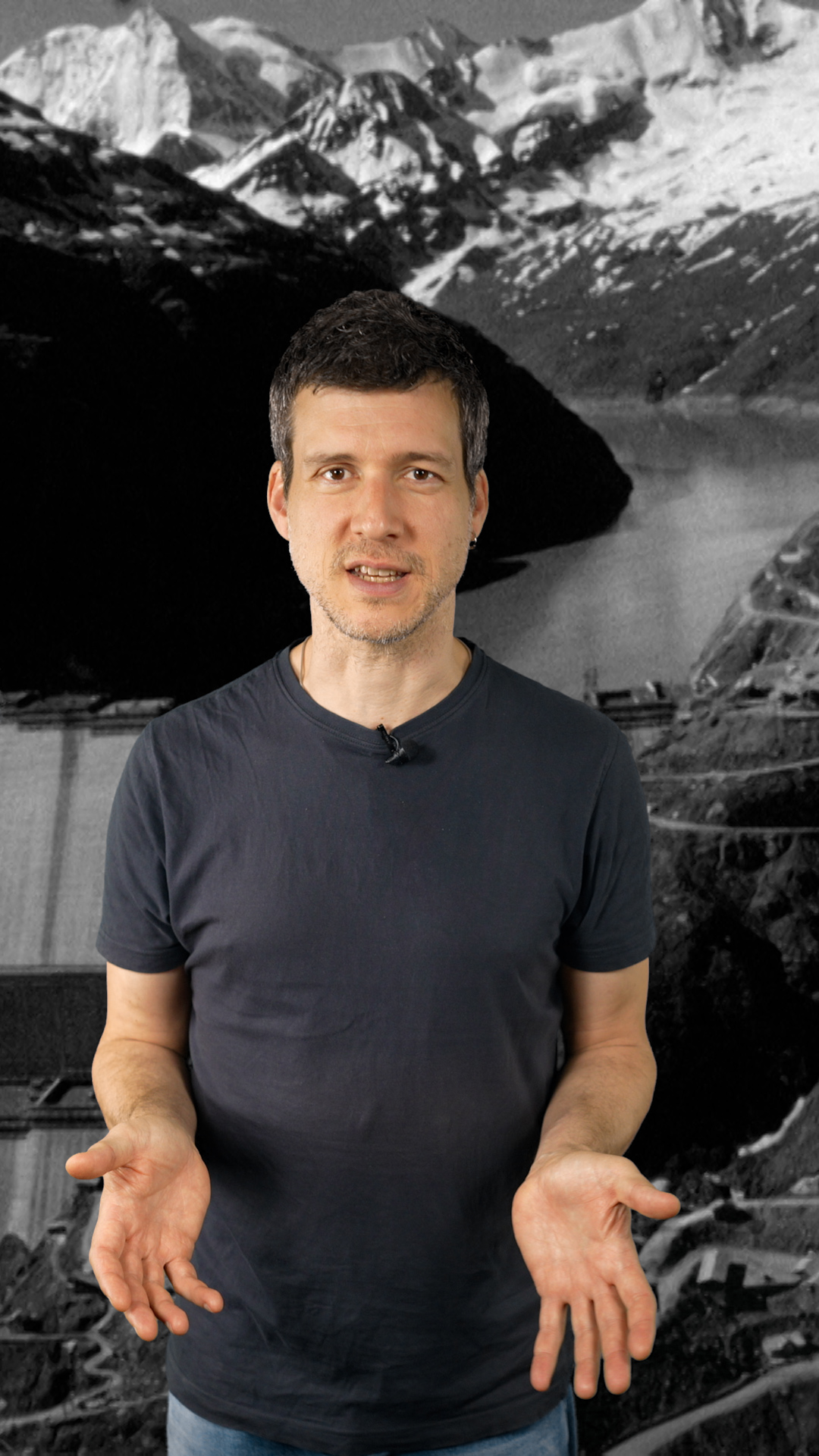



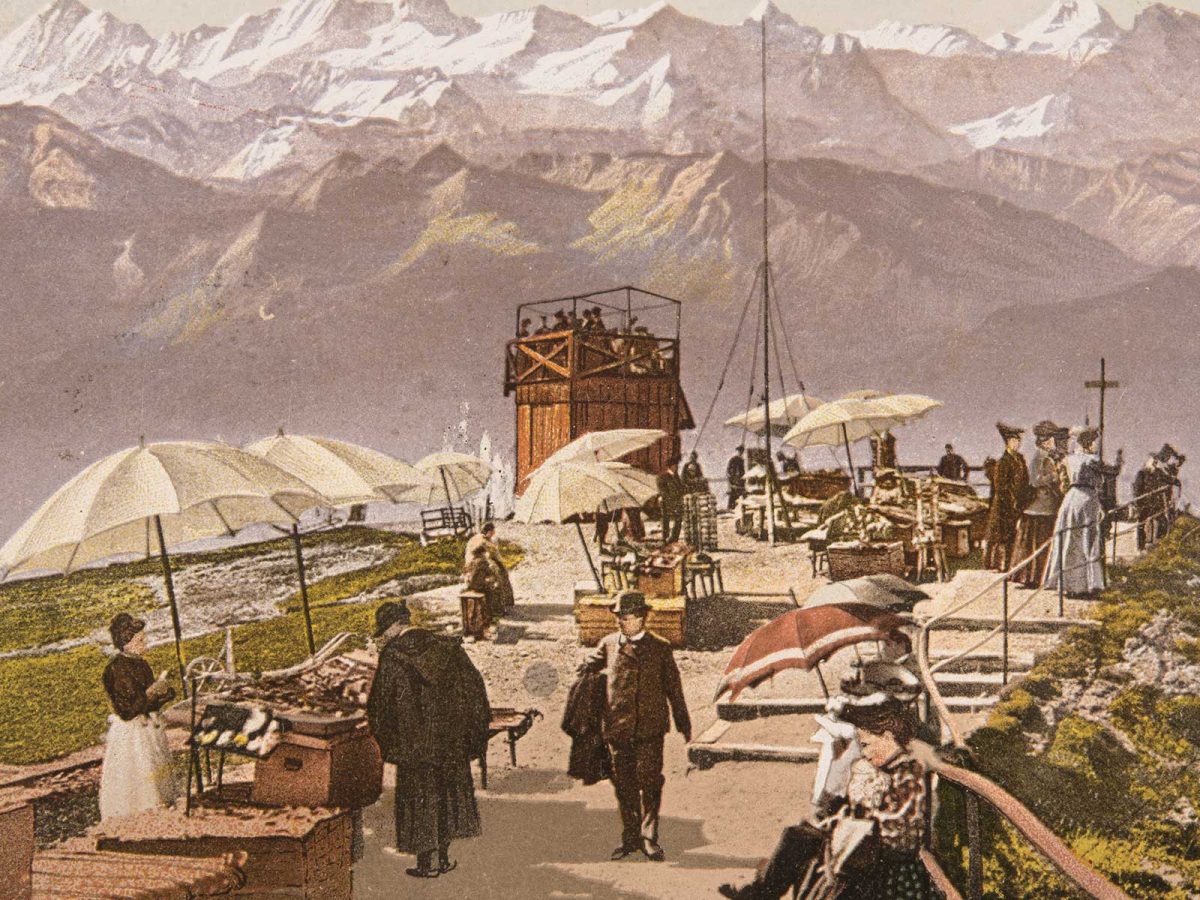












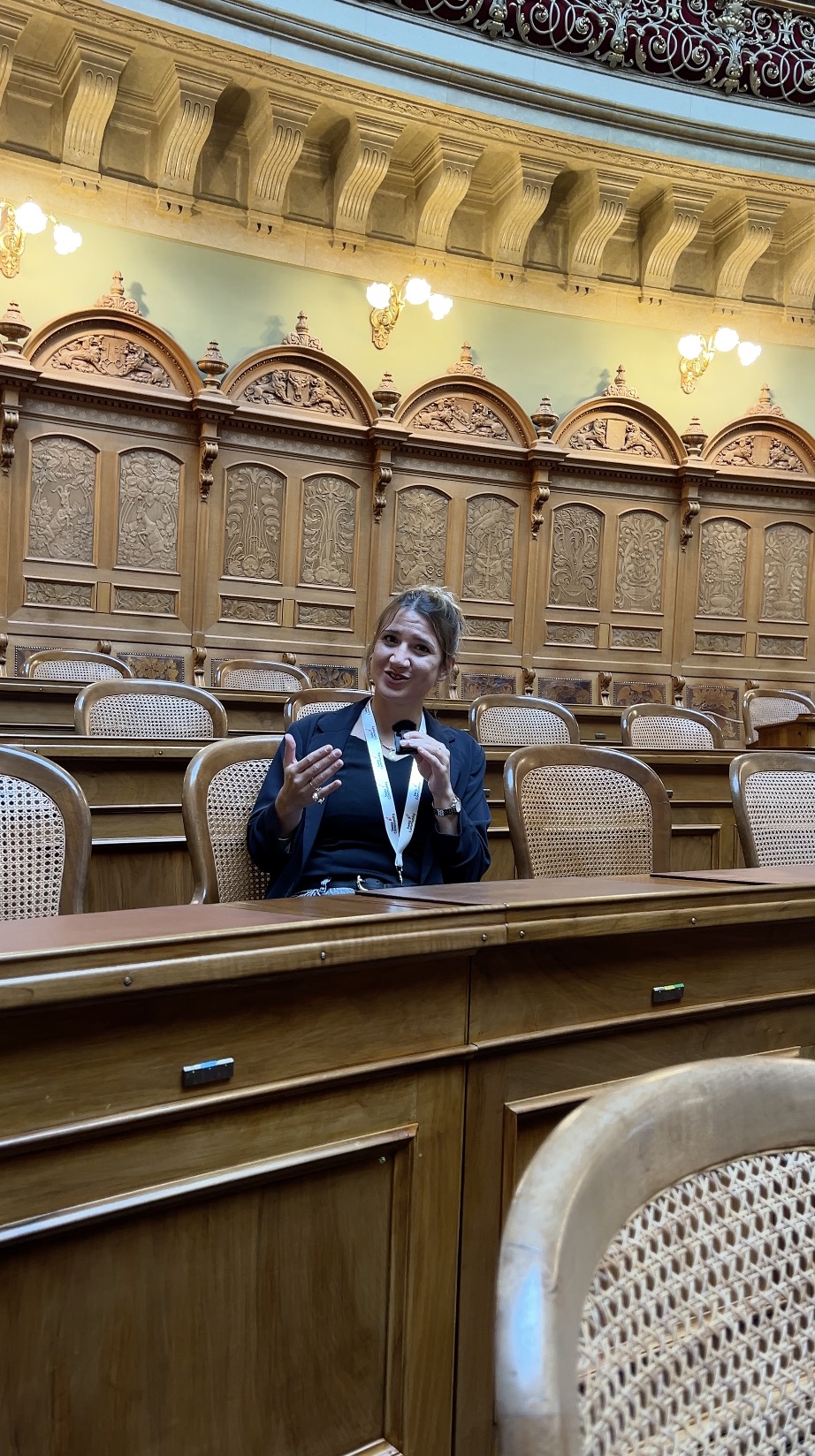



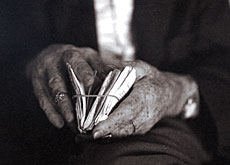









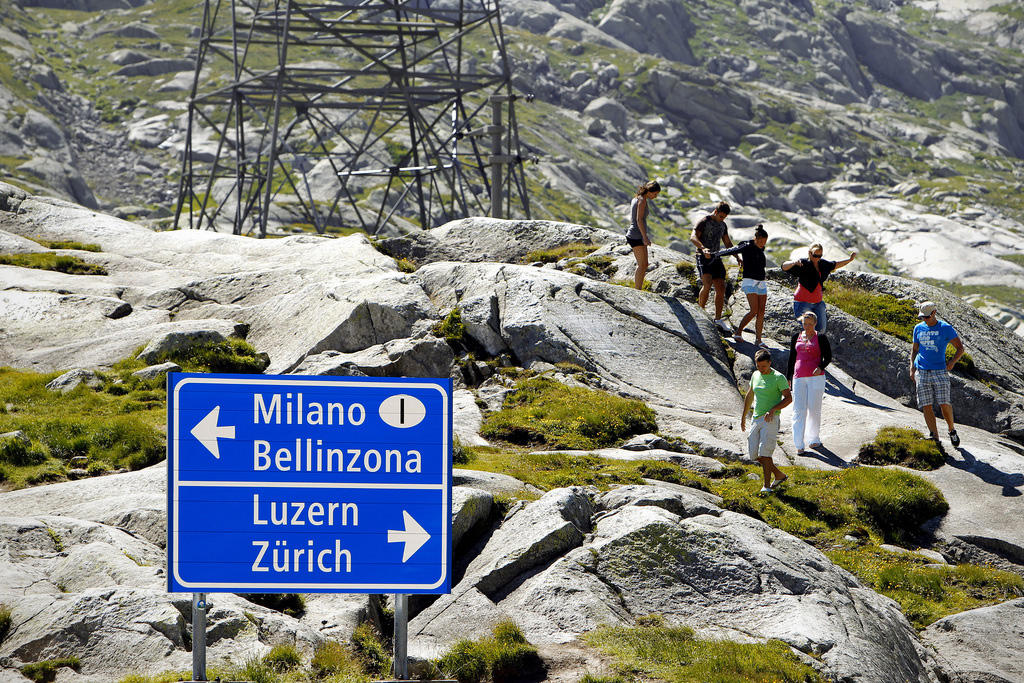

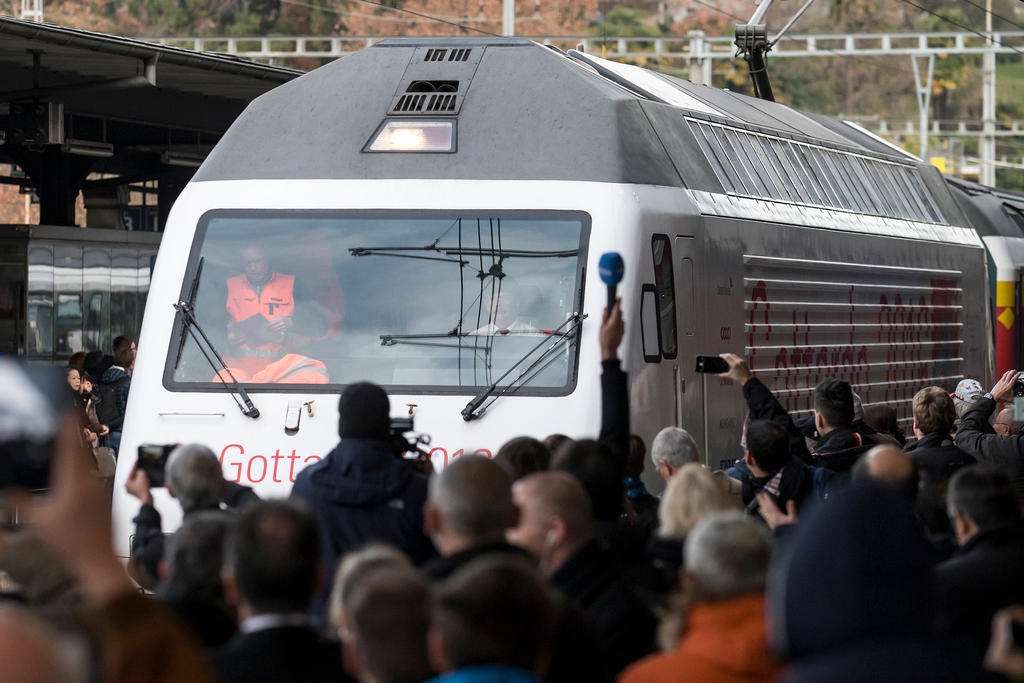
You can find an overview of ongoing debates with our journalists here . Please join us!
If you want to start a conversation about a topic raised in this article or want to report factual errors, email us at english@swissinfo.ch.